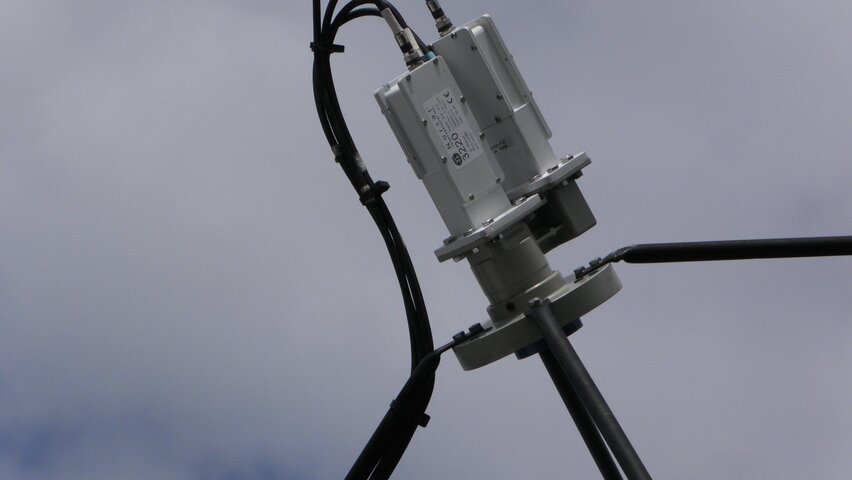Well to make a short story into an epic:
I've stepped up my interest in FTA with the pandemic and everything. I procured a TBS6903 tuner for the PC and I have learned to use a lot of DVB programs I never used before. Some of the blind scanning I have done with both my C-Band dishes has revealed that my Pinnacle could be a way better dish than it is now. It had a Bullseye II feed on it. It worked OK for what I used it for, my wife actually. It currently has a Titanium PLL LNBF on it, which as far as C-Band goes was a huge improvement over the Bullseye. Of course with a F/D ratio of .286 even the "Fits-All" Titanium LNBF cannot accommodate these deep dishes like it does the not so deep dishes. Yeah the dish with an C-Band Ortho and two $500 Norsat PLL LNBs out performs the Pinnacle with a $40 LNBF on it. Go figure. Since I have access to all kinds of feeds and LNBs for nothing the only thing that's an issue is I can't fiddle with the feed and LNBs while it's on satellite. I need to set everything right to begin with. I noticed the LNBs and ortho feed are not symmetrical in the way they bolt together. SO it brought to mind the question. Is there a right way and a wrong way? I'm not knowledgeable about wave guides and I thought somebody would know more about that than I do. I have an ortho equipped with an optional Chaparral Golden Ring. This ring changed the aperture of the feed opening and was designed for deep dishes. I was thinking of trying it,but I'd like to make sure this is all put together right. That said: I've been reading FAQs at Norsat. Of all the problem solving and tuning issues no mention of how the LNB was oriented to the feed was found. Which supports the findings of many here, it makes no difference in our experience.





